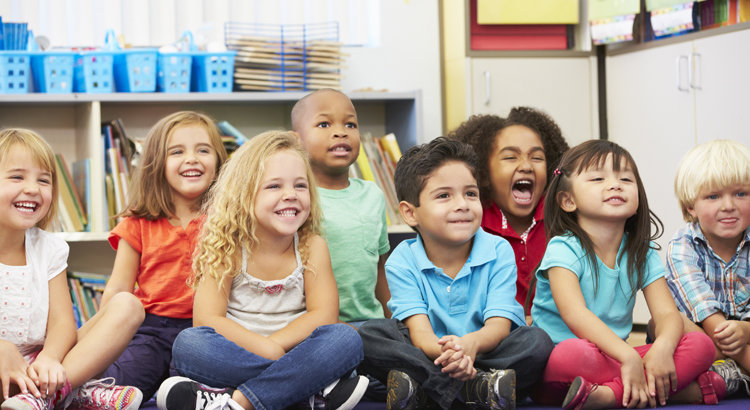This is part of a series of posts from nominees for our LifeChanger of the Year educator recognition program. We meet scores of fascinating LifeChangers every year who have interesting perspectives to share about children, education and life.
Have you ever been around a person who is happy-go-lucky one day, but in an entirely different mood the next day? They went from being inspirational to irrational. We’ve all been that person who’s guilty of “getting up on the wrong side of the bed.” But as adults, we often have the capacity to handle unexpected changes.
That’s not true for kids. They may not even have a bed to get out of.
Too often, educators like myself discover that our students are on an emotional trip caused by trauma outside their control. Children in society have to deal with situations that are “adult-centered” that they are not equipped to handle – drugs and alcohol, abuse, gun violence, absent parents, racial tensions, and now, COVID-19. It can happen anywhere, from inner-city, low socio-economic areas to affluent neighborhoods. Trauma truly has no zip code.
In order to make society better, we must help children unpack their trauma and feel safe, not only in the traditional classroom, but in the virtual classroom if that’s where we can meet up with them. It’s imperative that we educate ourselves on the different types of trauma, how we can identify trauma, how to support students and ultimately create a trauma-free education.
How can society and educators help change this itinerary? I have been researching and using different techniques to help my students deal with outside trauma that affects their academic performance. A child’s physical, mental and emotional needs must be met before we can reach that child academically.
Create a safe space. Many of the kids I teach have experienced at least one type of serious trauma. I want my children to know that my class is a safe place to learn and grow, whether they’re in the building or learning remotely. My physical classroom has pillows and cozy corners to help kids relax and feel safe. I try to build trust and rapport with my students by building a relationship with their family and with them. Even an online classroom can feel safe if it has a bright background and at least one comforting symbol (stuffed animals are great). Providing an inclusive, caring, respectful classroom is empowering to students.
Individualize your instruction. I had a student who was the oldest of five children who had been taken from her home due to neglect. For over a year, the only voice she heard was that of the barking dog. As a result, she could not speak, and she could only communicate by barking. I set aside extra time to rock her in the rocking chair and read to her. I would sing to her and make special conversation to build trust and communication. I used her assessments to develop her own learning path and celebrated her uniqueness. One day, the librarian came to me in tears because “V” said, “My teacher needs more books about plants.” I had been doing a unit on plants and read my last book. She not only thrived that year, but was honored for her achievements in middle school. Responding to a child’s needs establishes a feeling of safety. With safety provided, they can focus on exploring, and allowing their brain to take in all the wonders of the world. When they receive sensitive and responsive care, they can experience success in their lives.
Teach children to recognize their emotions. The ability to self-soothe and work through emotions is essential for school readiness. It is the foundation for social and academic success. Children become frustrated when they can’t recognize their emotions or when they lack an emotional vocabulary to express themselves. Children need simple tools in order to slow themselves down and identify what they are feeling instead of just reacting. This can be done by scheduling some “How’s your day” time, or making note of any changes in behavior.
Be the change you wish to see. We must always model the behavior we expect because that builds trust and relationships. As educators, we need to inform ourselves on how to create a safe and welcoming space for students who come from different backgrounds, experiences and exposure. A person can create a space that ensures all our children are heard, understood and provided with a space they can be nurtured and grow in, whether it’s inside or online.
Believe in your students. The adult’s belief that they can help a child succeed and a child’s belief that they can succeed and achieve will catapult the child to a successful end. What is your definition of success? Use it to help that child on a traumatic trip, sail to triumph.
Learn more about Arlinda Davis on her LifeChanger of the Year profile.
TC100537(0418)3
